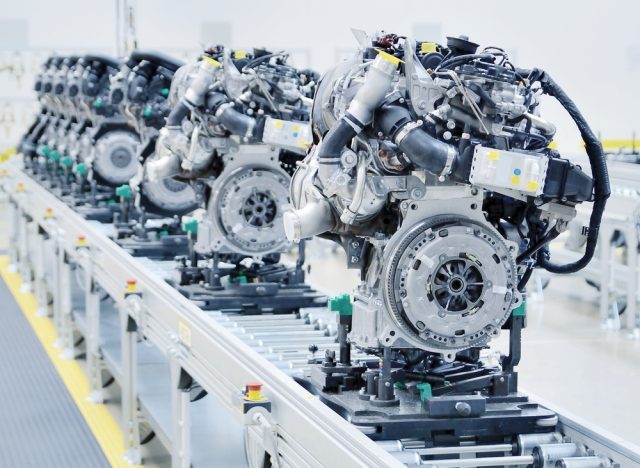
The European Union signs a new “interim” agreement on climate neutrality. The European Parliament and the European Commission, together with the Member States, have signed the first agreement of the FIT FOR 55 package to ban the sale of combustion engine vehicles by 2035.
The EU-27 seeks to reduce CO2 emissions so that, by 2050, no car that, under EU sustainability criteria, is “polluting” will be allowed to circulate in EU territory. This agreement affects not only cars but also European vans. According to the new regulation, the EU plans that, by 2030, CO2 emissions for new cars will be reduced to 55%, and those of vans will be reduced by 50%; both figures are compared to 2021 levels. The intention is to reach 100% by 2035 for new vehicles.
However, these measures will apply only to cars and vans that are manufactured and sold first-hand, but no legislation has yet been legislated, including vehicles that remain in circulation and will continue to pollute the EU atmosphere. Nor is there any reference in the signed text to the importation of combustion engine vehicles from outside the European Union.
To facilitate the transition of the automobile industry, the EU proposes in the agreement to maintain the mechanism of regulatory incentives for zero and low-emission vehicles until 2030. Not only will it do so with incentives by way of rewards for manufacturers that meet certain requirements, but manufacturers that do not comply with the agreement will be penalized with fines amounting to 95 euros per gram of excess for each car produced. In just 17 years, the EU intends the entire automotive industry to change and manage itself based on a punishment-reward system.
The European Commission has not yet submitted a proposal to register vehicles that run on CO2-neutral fuels. These could be biofuels, synthetics, and gaseous hydrogen. These three types of fuel would reduce the CO2 impact in the EU, not by substitution, but by moving it to another territory. In this sense, the European Union does not guarantee that gas stations will survive if they are not allowed to sell another type of fuel, nor that the mass market can afford a 100% electric car.
On the other hand, the EU signed up for the implementation of electric vehicle charging posts every 60 km on major roads, while the hydrogen report would be every 100 km. All in all, it agreed to this by 2026 but has not confirmed whether it will be enough lead time to implement both measures. However, already in 2019, the scientist and professor at the University of Cologne, Christoph Buchal, published a study in which he concluded that electric cars pollute between 11% and 28% more than diesel cars, due to batteries made of lithium, cobalt, and manganese, and the high energy consumption spent in the process of their production. The report on the carbon footprint of the Volvo C40 Recharge, published by the same Swedish manufacturer in 2021, agreed with the previous one and estimated that the key to controlling the pollution of electric cars is the origin of the manufacture of its battery.
The European Parliament has legislated without studying the possible consequences of the CO2 emissions reduction pact. This agreement does not have the final approval of the Parliament and the Council, nor does it include measures that favor electrification, since the electric energy necessary for the manufacture of this type of CO2-neutral fuels could be used for the production of electric cars; while the Council describes it as “historic”. The European Commission has celebrated the triumph of the pact: “The automotive industry is ready, consumers are eager to adopt zero-emission mobility, so let’s accelerate towards it!”, applauded the vice-president of the Green Pact responsible, Frans Timmermans, in his social networks.
The pact has set a deadline of 2026 for the EU to “comprehensively” assess the process of CO2 reduction in the EU, although the Parliament has yet to develop a common methodology for the EU-27 to assess the life cycle of CO2 emissions. What is also pending within this agreement is the analysis of the feasibility of this project at an economic level, because the impact of the production of biofuel, synthetic fuel, and gaseous hydrogen on a large scale has not yet been studied.



 Subscribe
Subscribe